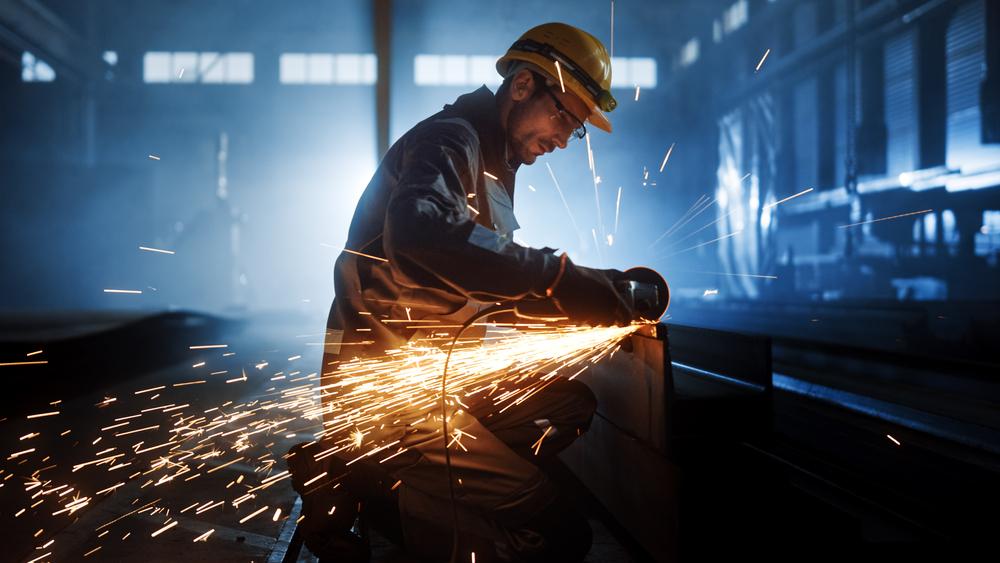
Essential Tools and Equipment for Quality Structural Fabrication
Structural fabrication is the process of creating metal structures by cutting, bending and assembling structural steel components. This process requires a variety of tools and equipment to ensure accuracy, precision and efficiency in the fabrication process. In this article, we will discuss the essential tools and equipment needed for quality structural fabrication.
Cutting Tools
- Saw:
A saw is an essential tool used for straight cuts on large pieces of metal. It can be hand-held or mounted on a table depending on the type of saw and the size of the material being cut. Some common types of saws used in structural fabrication include band saw, cold saw, and circular saw.
- Plasma Cutter:
A plasma cutter is a high-powered cutting tool that uses a jet of hot plasma to cut through metal. It is ideal for cutting thicker materials or materials with irregular shapes.
- Oxy-fuel Torch:
An oxy-fuel torch is another popular cutting tool that uses a combination of oxygen and fuel gas to create a high-temperature flame for cutting through metal. It is commonly used for precision cuts on thinner materials.
Bending Tools
- Press Brake:
A press brake is a machine that uses a hydraulic or mechanical press system to bend metal sheets into various shapes and angles. It is ideal for producing precise bends on large volumes of material.
- Roller Bender:
A roller bender, also known as a roll bender, is a tool used for curving flat metal sheets into cylindrical or conical shapes. It works by passing the sheet through multiple rollers with gradually increasing pressure.
- Tube Bender:
As the name suggests, a tube bender is used specifically for bending hollow metal tubes into various angles and curves. It can be operated manually or hydraulically, depending on the size and complexity of the bends.
Welding Tools
- MIG Welder:
A MIG welder, also known as a wire feed welder, uses a wire electrode fed through a welding gun to create an electric arc for fusing two metal pieces together. It is ideal for fast and efficient welding on thinner materials.
- TIG Welder:
A TIG welder, also known as a gas tungsten arc welder, uses a non-consumable tungsten electrode to create an electric arc for melting and joining metal pieces together. It is commonly used for precision welding on thicker materials.
- Stick Welder:
A stick welder, also known as a shielded metal arc welder, uses a consumable stick electrode coated in flux to join metal components together. It is suitable for outdoor or remote welding applications.
With these tools, skilled welders can create strong and durable connections between metal components, ensuring the structural integrity of the fabricated product.



